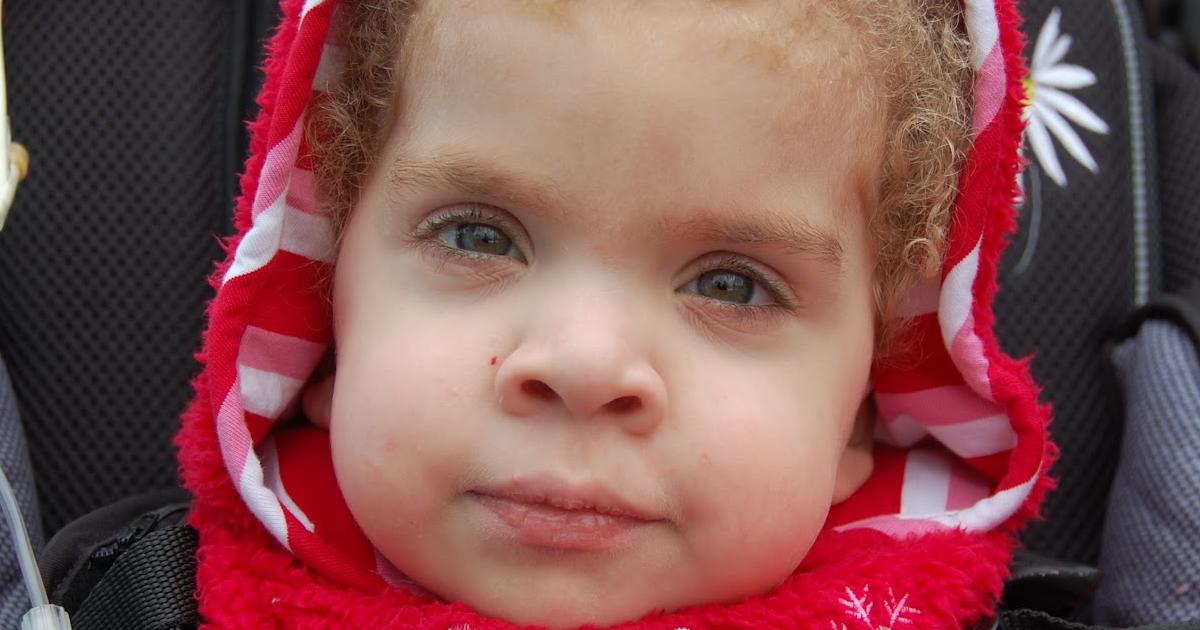Guide To The Causes And Risk Factors For Rhabdomyosarcoma
Costello Syndrome

A Costello syndrome patient may develop rhabdomyosarcoma as a complication of their genetic disorder. Costello syndrome affects multiple systems around the body and is characterized by loose skin, distinctive facial features, heart problems, weak muscle tone, intellectual disability, abnormally flexible joints, slow growth, and tight tendons. The growth of benign papilloma around the body is a common manifestation of Costello syndrome, along with unusually short stature and decreased levels of growth hormone. Costello syndrome is a disorder that is the result of a mutation on the HRAS gene. This particular gene is what provides the cells with the instructions on how to build a special protein called H-Ras. H-Ras is an essential component that plays a role in a pathway responsible for the proper control of cell division and cell growth. The type of mutation that occurs in Costello syndrome patients is one that causes the production of an upregulated and overactive form of the H-Ras protein, which causes the cells to divide and grow at a constant rate. This increased cell growth and division causes affected individuals to experience the development of tumors around the body, such as rhabdomyosarcoma.
Discover additional risk factors and causes of rhabdomyosarcoma now.